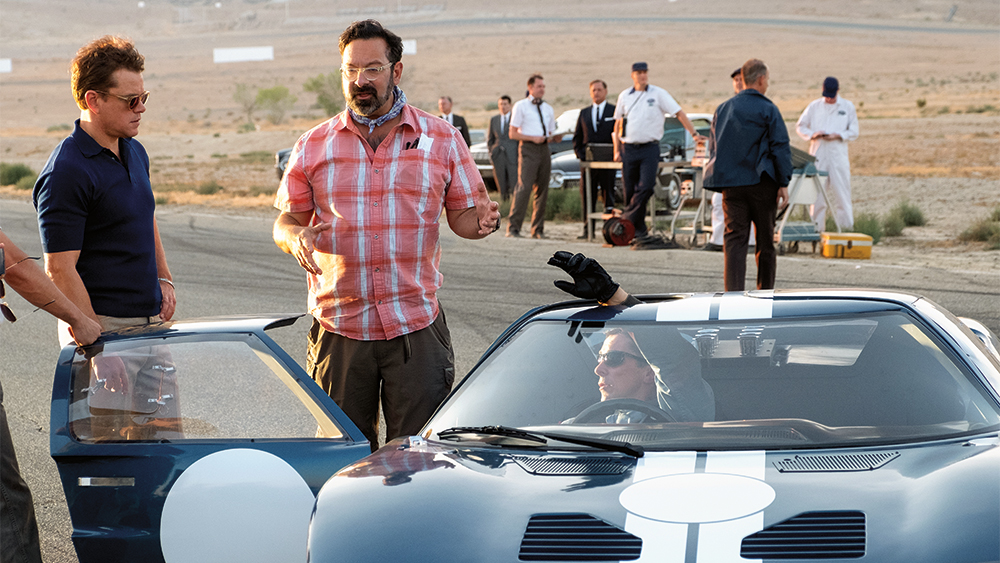Sound Engineers Express Mixed Feelings on Oscars Merging Sound Categories
By Jazz Tangcay
LOS ANGELES (Variety.com) – The Academy of Motion Picture Arts and Sciences announced changes for eligibility for the 93rd Academy Awards, including the consolidation of its two sound categories. Best sound mixing and sound editing will now be under one category called best sound.
In recent years, some films, such as “Hugo,” “Dunkirk” and “Bohemian Rhapsody” have won both sound categories, leaving many to question the existence of two separate fields. However, reactions from sound engineers are mixed on the new decision.
Heather Fink, who worked as a boom operator on Jordan Peele’s “Get Out,” is “baffled” by the Academy’s decision to merge the two, pointing out that sound mixing and sound editing are completely different skill sets. Fink says, “Film crews get so little recognition as it is. Brilliant minds like Tom Varga’s team on ‘Birdman’ or Stuart Wilson on ‘1917’ conceived of new methods of location sound recording to accommodate the unique challenges of those films.”
It’s hard to imagine the Oscar-winning “Ford v Ferarri” not using a real Ford GT40 to fully immerse us in the world of the 1966 Le Mans race. A few years ago, supervising sound editor Donald Sylvester originally didn’t like the idea. “I felt that some of the people involved didn’t deserve the same recognition, I liked keeping it apart,” he says.
But now, he feels there is no real separation and supports the Academy’s change. “It seems natural to me that sound has evolved into one category,” he says. Sylvester points out that the line between sound mixing and sound editing is so blurred these days, “I can’t tell when the sound was changed by one person or the other. By nature, the editors mix, and the mixers edit.”
Leslie Shatz (“Luce” and “Dark Waters”) has always been for a unified category. Shatz works as both a sound mixer and designer and thinks the separation is archaic. “There were distinct job descriptions, and the union set it up. They were trying to make sure there was order in the labor pool and every job was defined,” he says.
He fully supports the Academy’s decision to merge its categories. “The Academy Awards is about promoting our industry. It’s not about fair and just,” he says, adding that the most audiences mostly pay attention to the the actors.
In a statement to Variety, Karol Urban, president of the Cinema Audio Society, said, “We understand this decision came about after careful debate and consideration by the sound branch. While points of concern exist, the Cinema Audio Society respects and supports efforts to unify recognition of both sound mixing and sound editorial as a highly aligned team of creatives that are integral to a film’s success. Our overall hope is that this most recent evolution of the Academy will serve to elevate the importance of cinema sound to the public and underscore the importance of collaboration within the art of filmmaking.”
Mark Lanza, president of the Motion Picture of Sound Editors would prefer the Academy distinctly recognize both fields. “If a farmer grows a bunch of vegetables and hands it to a chef and the chef cooks a great meal, they don’t necessarily belong in the same category,” Lanza says.
He says the MPSE recognizes the different categories from effects to foley to music and ADR. “That way, the special crafts are recognized,” he says. “In my opinion, if the Academy kept their two categories different, it would recognize the two distinctly different crafts.”
experience. This decision surely wasn’t easy, but was made for all the right reasons; to recognize the art of cinema — however, we get it. It’s a big move for the Academy to give that up, even temporarily.”

